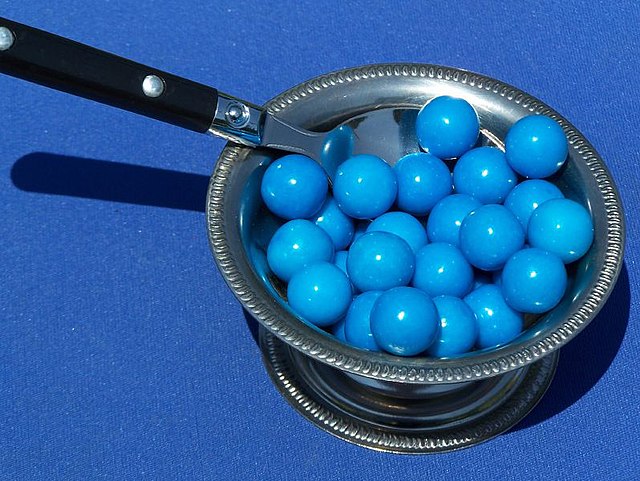As unbelievable as it may seem, the ailment known as “blue balls” is true. Even yet, not everyone is aware of what exactly that expression means, much less understanding what to do about it. We’ll explain what blue balls are today, how to spot them, and some straightforward yet efficient remedies.
What Are Blue Balls (Epididymal Hypertension)?
When a person claims to have blue balls, they are actually speaking of epididymal hypertension or EH. To avoid discounting other conditions that could be causing a patient’s discomfort in that area, some clinicians may refer to it as acute scrotal pain or persistent epididymitis. As suggested by its name, blue balls typically affect the testicles. Blue balls might cause a minor ache or soreness in the testicular region. The term comes from some who claim to have a very little blue hue in their testicles.
What Causes Blue Balls?
We must first talk about erections in order to comprehend what produces blue balls.
Blood flow to the penis and testicles is boosted when a guy is sexually aroused. The penis becomes erect due to the dilation of blood vessels. Excess blood is expelled during an orgasm, and the penis returns to its pre-orgasmic state.
When a guy has extended sexual excitement and is unable to relieve the tension, he develops blue balls. The epididymis fills up with fluid as a result of this. And a guy could feel pain or discomfort in his testicles as a result. When a guy is aroused yet unable to ejaculate, or when he fails to experience an orgasm during sex. The discomfort will normally last a few minutes. Although it’s unusual, it sometimes lasts for hours. In one instance, a 14-year-old male patient complained of scrotal soreness for an hour and a half before being transported to the emergency room. Dr Roger Henderson claims that young men who are readily aroused or who employ delayed orgasm masturbation techniques are more prone to develop blue balls. But this is an uncommon event for the majority of males.
Effective Ways to Treat Blue Balls
The good news is that blue balls will naturally disappear.
Unless you’ve been having other sexual dysfunctions like erectile dysfunction or premature ejaculation, you wouldn’t typically need to see a doctor for it. However, there are steps you may do to prevent blue balls from occurring again:
- Get an orgasm – An orgasm will reduce testicular discomfort and discharge blood from the penis. In the absence of a partner, masturbation will have the same outcome.
- Shower in the cold; this will stop the flow of blood to the male genitalia.
- Distract Yourself – Any diversion that can relieve your sexual angst is OK. To get the penis to go back to normal, you need to get out of a sexually aroused condition.
- Exercise – Getting your body moving will cause your blood to circulate to different areas of your body.
- Warm compresses should be applied to alleviate blue balls.
Are Blue Balls Risky? When a Reason to Be Worried May Be Justified
Blue balls in adolescents and young men are totally natural, especially if they’re brought on by sex-related annoyance. However, another medical problem might be to blame if discomfort in one or both testicles persists regardless of your circumstances. If that’s the case, you ought to seek medical advice as soon as you can. Your uncomfortable sensations might be a sign of something far worse.
Other potential reasons for pain or discomfort in the testicles are listed below:
- Diabetic neuropathy is a form of nerve injury that develops in diabetics.
- Epididymitis: This is a swelling of the epididymis, the tube that lies behind the testicles.
- Kidney Stones – In addition to testicular discomfort, you may have nausea, vomiting, a burning feeling when peeing, and testicular pain.
- Testicular cancer – This condition develops when cancerous cells form in the tissues of your testicles.
- Orchitis – This condition develops when one or both testicles become inflamed.
Another condition that may necessitate prompt surgery is testicular torsion. This is brought on by the testicles being quickly twisted, which stops the testicles’ blood supply.






